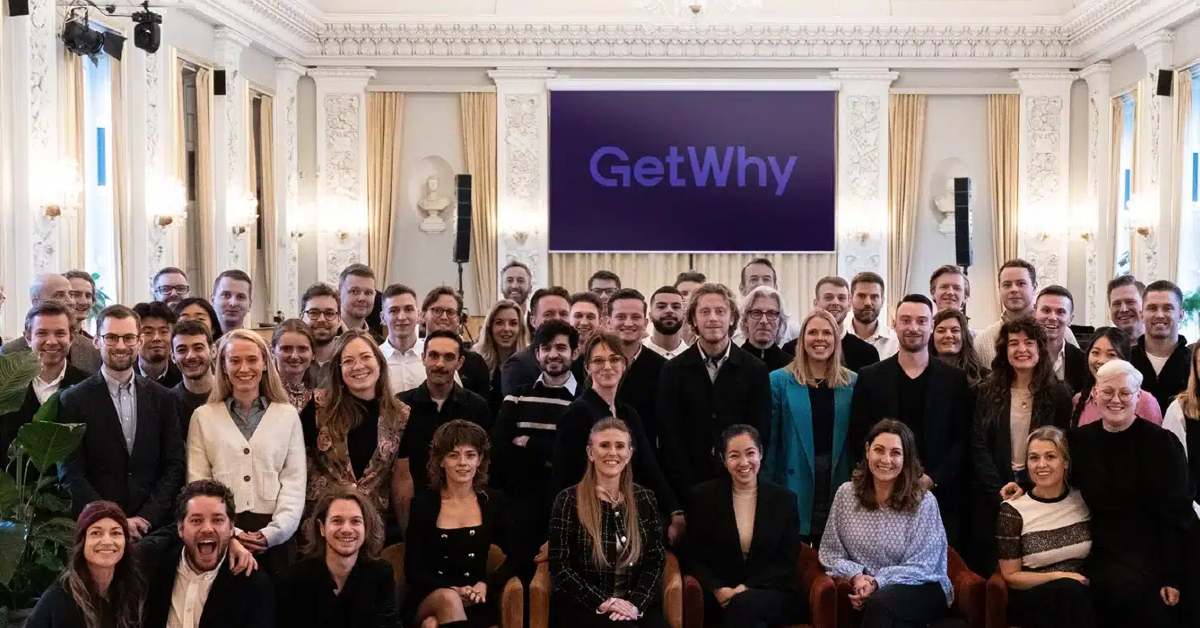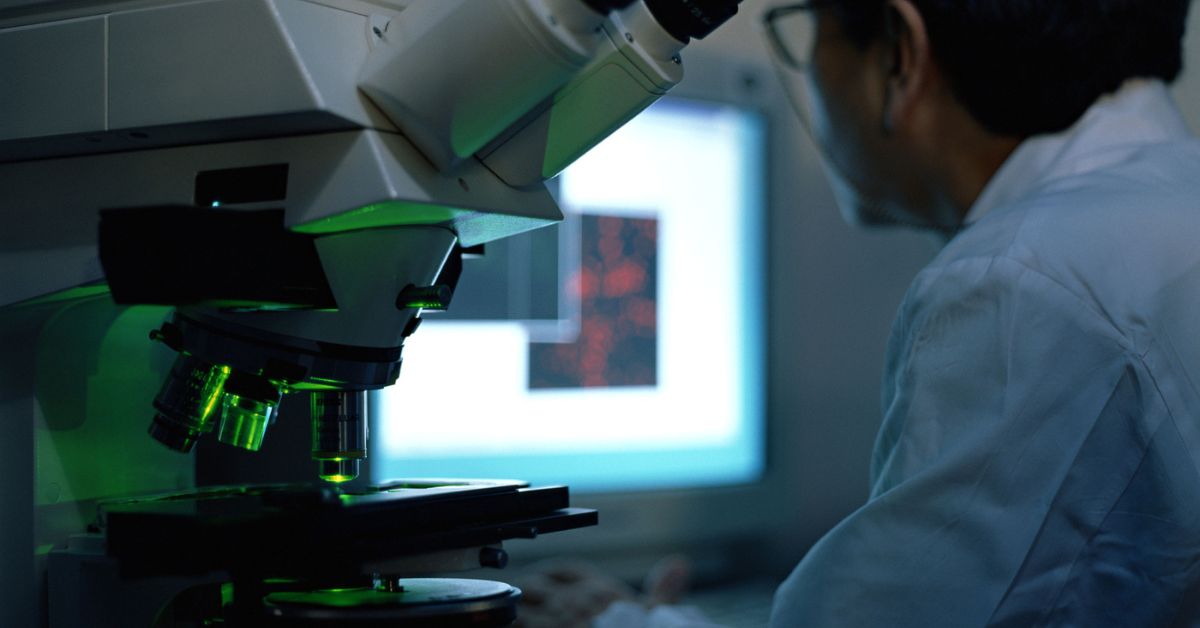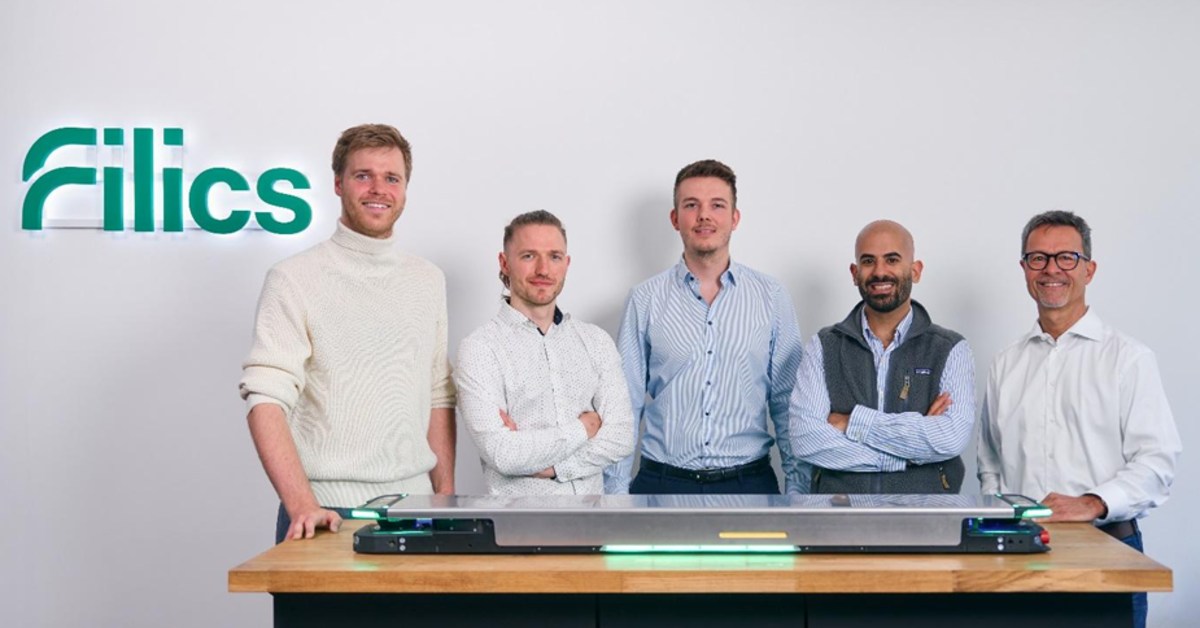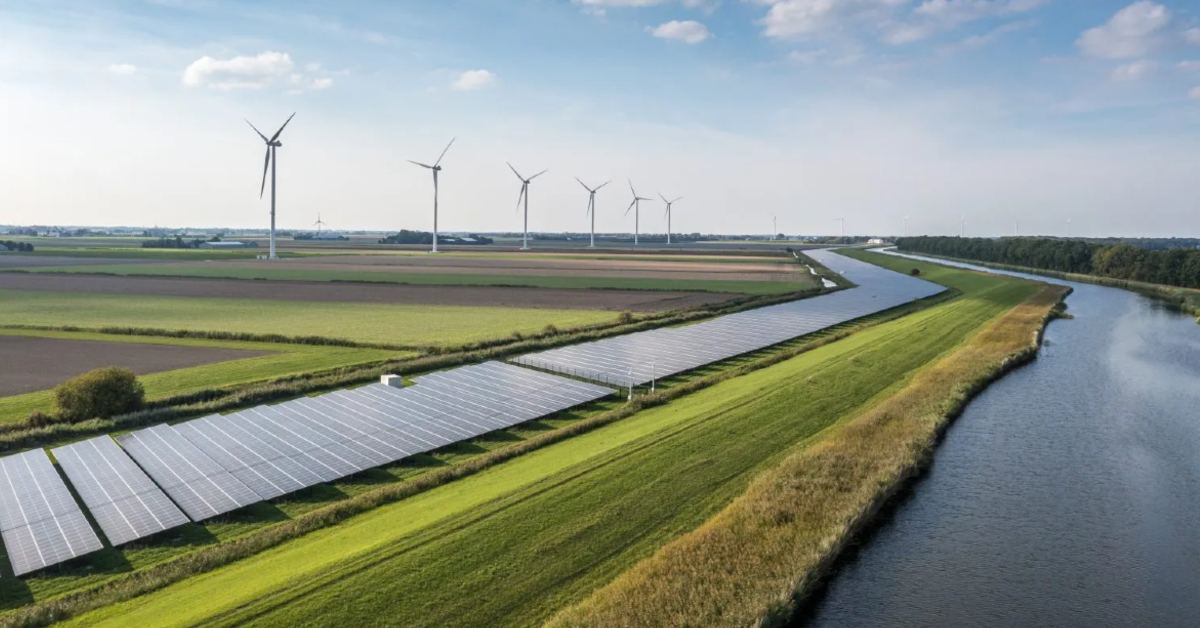Switzerland-based Voliro has secured $23M (approximately €19.86M) in Series A extension funding led by noa Ventures to advance its autonomous aerial inspection robotics platform.
Founded as a spin-off from ETH Zurich’s Autonomous Systems Lab in 2019, the startup now has 40+ customers across 17 countries performing over 100 contact inspections monthly.
The funding will accelerate development of Voliro’s next-generation T platform, including deeper cloud integration with AI-powered inspection reporting, diagnostics, enhanced autonomy, and modular payload systems.
The company plans to expand global deployment of its aerial robots designed to modernise infrastructure maintenance and address growing workforce shortages in industrial inspection.
The extension round saw new participation from noa Ventures alongside a debt facility from UBS, with the original Series A led by Cherry Ventures. Voliro has established partnerships with major industrial clients, including Chevron, Holcim, and Acuren, demonstrating proven success across complex industrial environments in the energy, chemicals, and renewables sectors.
Tackling infrastructure’s corrosion crisis with aerial robotics
Voliro’s T platform features a patented tiltable-rotor design with interchangeable sensor payloads for intelligent, contact-based inspection of critical infrastructure.
The technology enables 5x faster wind turbine lightning protection system inspections with instant insights, reducing inspection costs by up to 50 per cent whilst eliminating manual access requirements.
Studies indicate that up to 30 per cent of major industrial accidents in Europe involve ageing infrastructure and integrity issues, with corrosion-related failures estimated to cost the global economy $2.5T annually.
The industrial inspection market faces acute workforce challenges, with nearly two-thirds of certified NDT (non-destructive testing) professionals in the US over 40 years old. Traditional inspection methods relying on scaffolding, rope access, and shutdowns introduce significant risk while limiting inspection frequency, creating urgent demand for automated solutions that can detect issues proactively.
From ETH Zurich innovation to global industrial deployment
Led by CEO Florian Gutzwiller, Voliro emerged from ETH Zurich’s Autonomous Systems Lab to commercialise breakthrough aerial robotics technology. noa Ventures, Europe’s largest built world venture capital firm, backs technologies aligned with sustainability, industrial resilience, and workforce transformation themes across the decarbonisation of built environments.
Florian Gutzwiller, Voliro’s CEO, says, “Infrastructure is the backbone of modern civilisation—and maintaining it is one of the great challenges of our time. With the support of noa Ventures and a growing network of forward-looking customers, we’re delivering on a vision that once felt like science fiction: autonomous aerial robots at the forefront of industrial intelligence. By combining cutting-edge robotics with real-world safety, sustainability, and workforce needs, we’re contributing to a smarter future for the modern world.”
Gregory Dewerpe, Founder and Managing Partner at noa, adds, “Large scale Industrial inspections are a massive opportunity for robotics and automation disruption. Both ageing and new assets, whether industrial, energy or infrastructure related, will benefit from more frequent, automated, reliable, and data-driven inspections. We’re delighted to partner with Voliro, a breakthrough platform with the potential to transform how critical infrastructure is maintained and safeguarded in the decades to come, and our first investment in my home country of Switzerland.”
€19.8M roadmap: AI integration and autonomous inspection evolution
The additional capital represents an extension of Voliro’s Series A round originally led by Cherry Ventures, positioning the company to advance from semi-automated inspection toward full autonomy.
Voliro’s open-platform design supports multiple sensor and tool payloads, enabling one robot to tackle diverse industrial inspection needs across flare stacks, storage tanks, chimneys, towers, and wind turbine blades.
The funding will drive the shift from passive sensing to active intervention, pushing the boundaries of aerial robot capabilities in industrial environments while addressing the trifecta of industrial resilience, climate adaptation, and workforce shortages.










01
From telecom veteran to Dutch Startup Visa success: The Jignesh Dave story